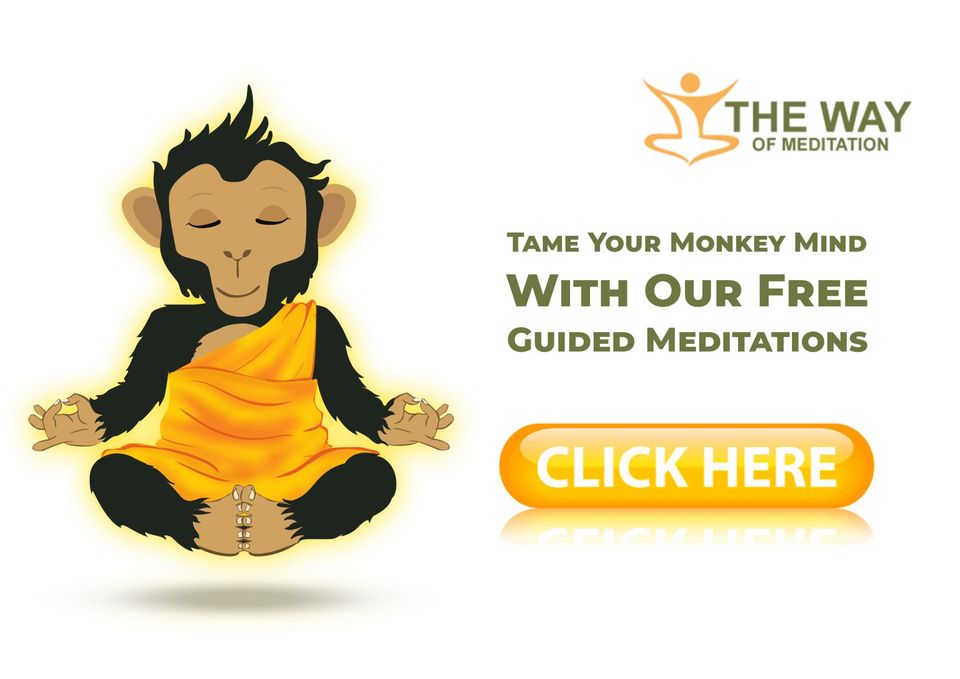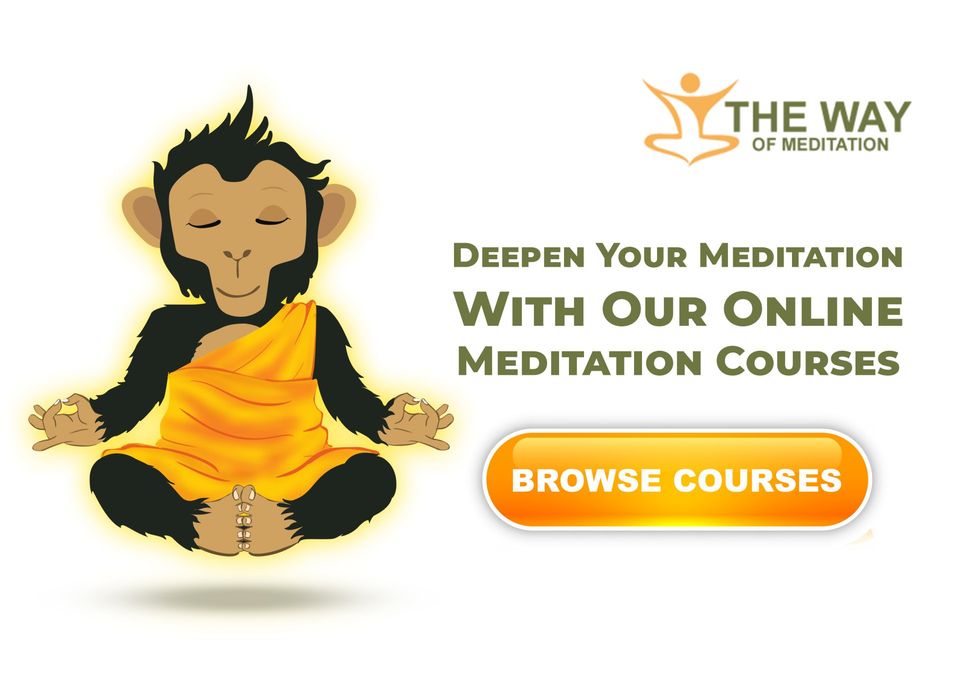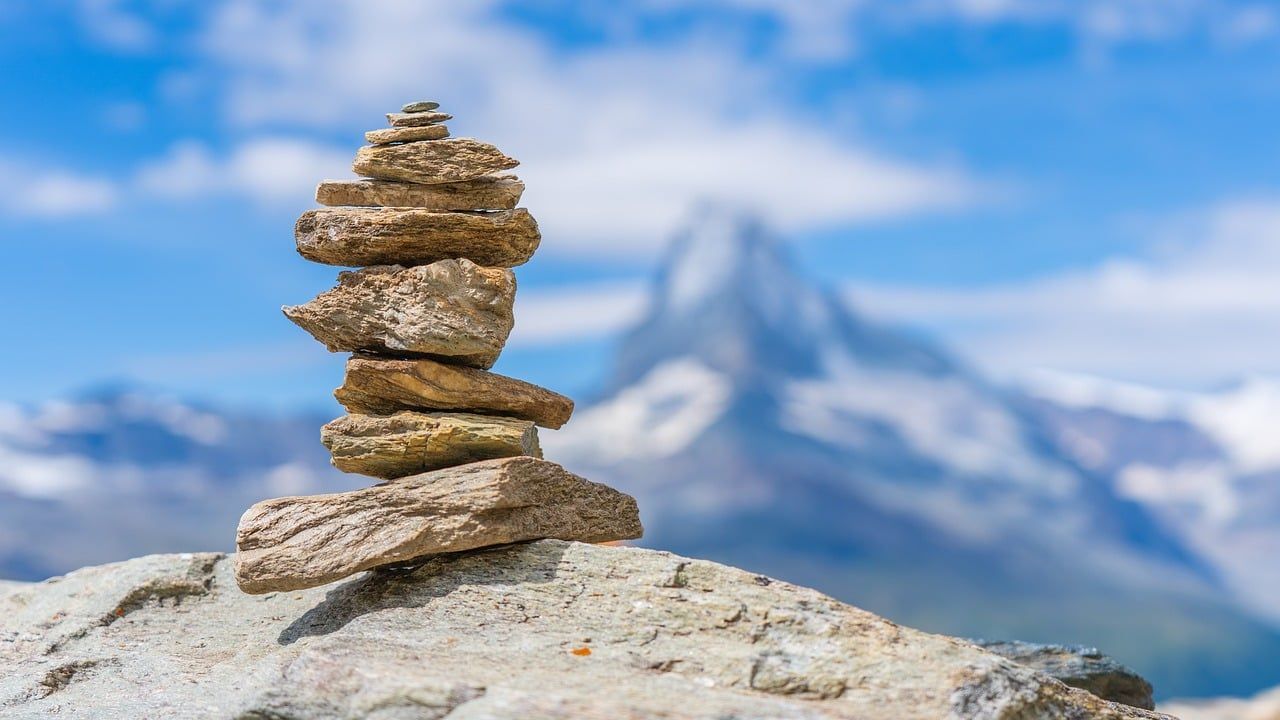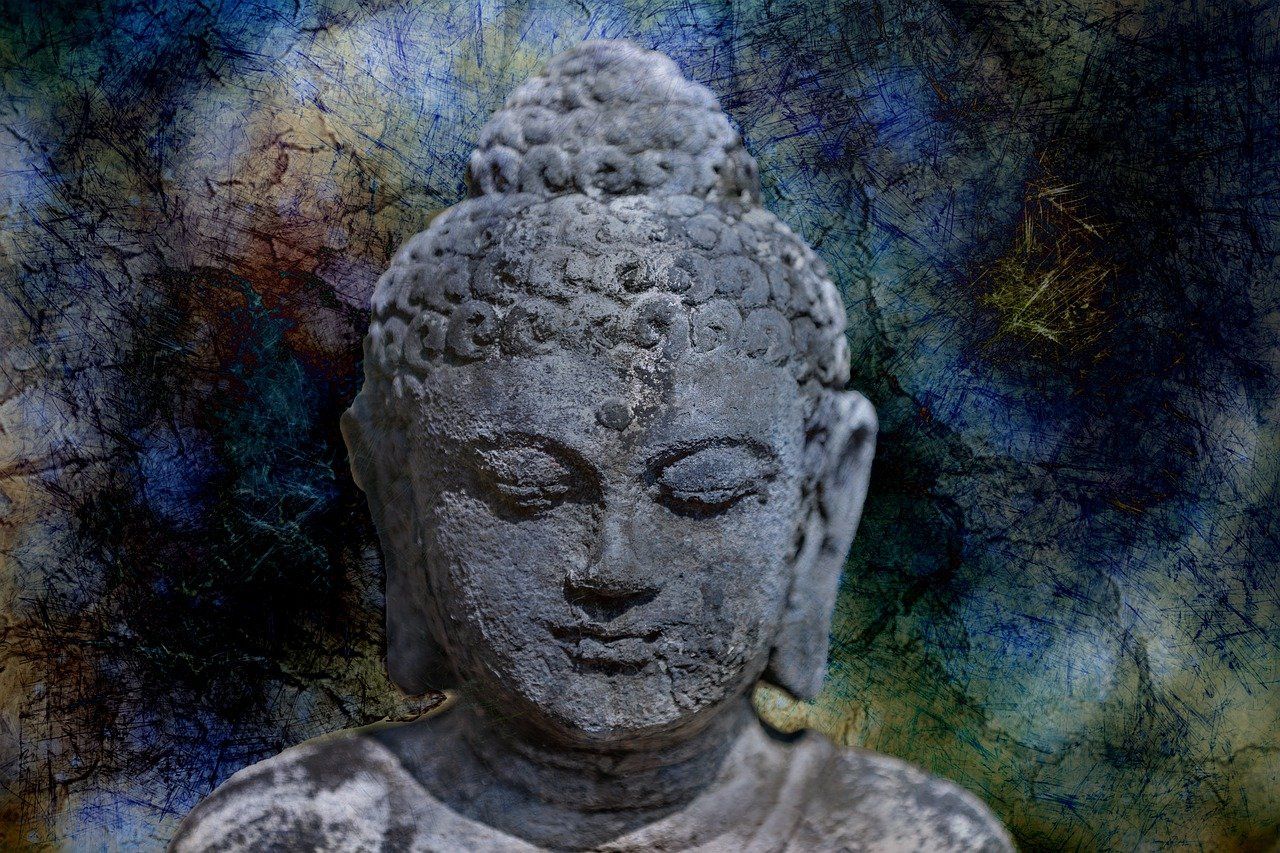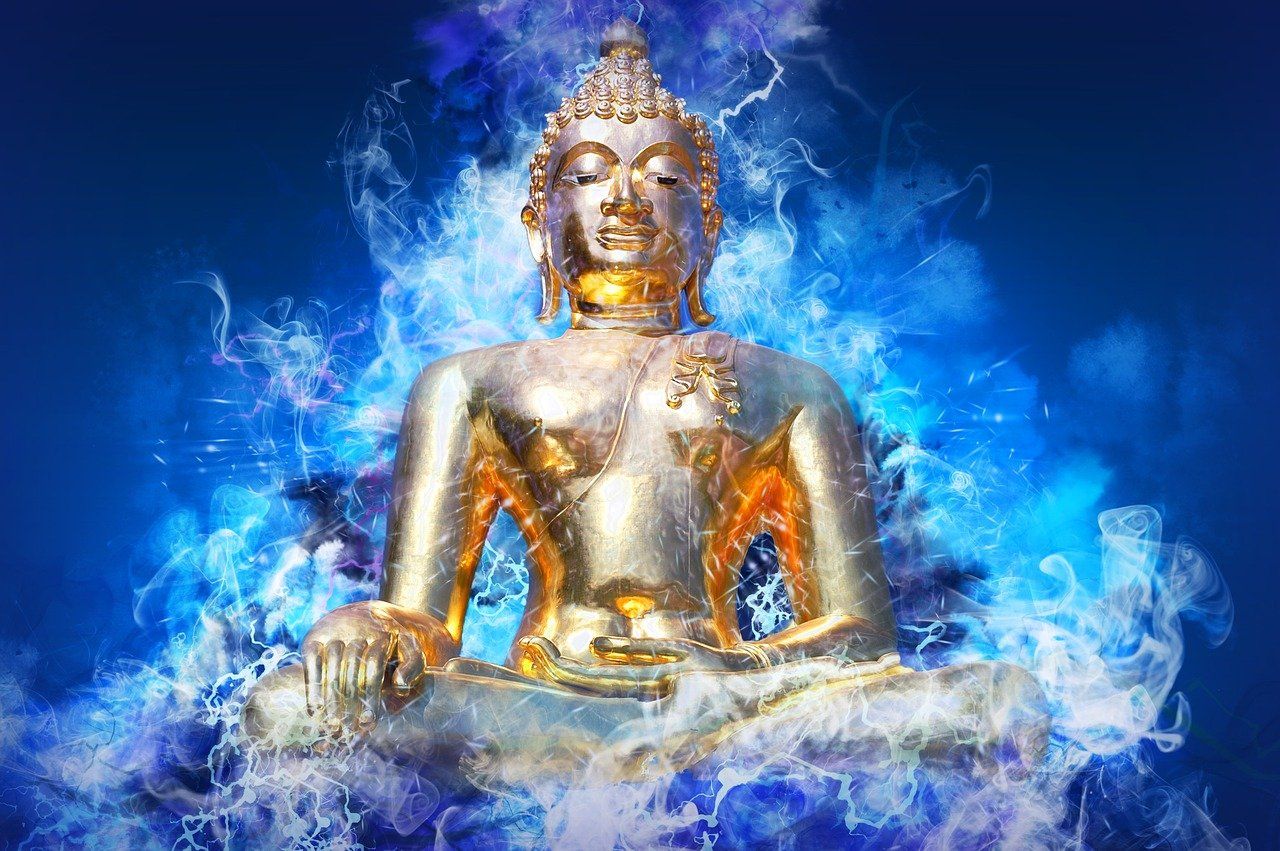The Way of Meditation Blog
Bringing Ancient Wisdom Into The Modern World
8 Spiritual Paths of Yoga By Patanjali
May 17, 2019
The 8 Yoga Sutras Of Patanjali
The Yoga Sutra is considered the fundamental text on the system of yoga, to help you cultivate body, mind, and spiritual awareness. The eight limbs work together: The first five steps — yama, niyama asana, pranayama, and pratyahara — are the preliminaries of yoga and build the foundation for spiritual life. They are concerned with the body and the brain. The last three, which would not be possible without the previous steps, are concerned with reconditioning the mind. They help the yogi to attain enlightenment or the full realization of oneness with Spirit. Enlightenment.
THE EIGHTFOLD PATH:
1. Yama
Yama is social behavior, how you treat others and the world around you. These are moral principles. Sometimes they are called the don’ts or the thou shalt nots. There are five yamas:
2. Niyama
Niyama is inner discipline and responsibility, how we treat ourselves. These are sometimes called observances, the do’s, or the thou shalts. There are five niyamas:
1. Yama
Yama is social behavior, how you treat others and the world around you. These are moral principles. Sometimes they are called the don’ts or the thou shalt nots. There are five yamas:
- Nonviolence (ahimsa). Do no harm to any creature in thought or deed. In his book Autobiography of a Yogi, Paramahansa Yogananda asks Mahatma Gandhi the definition of ahimsa. Gandhi said, “The avoidance of harm to any living creature in thought or deed.” Yogananda asked if one could kill a cobra to protect a child. Gandhi maintained he would still hold to his vow of ahimsa, but added, “I must confess that I could not serenely carry on this conversation were I faced by a cobra.”
- Truth and honesty (satya). Tell no lies. Cheating on your income taxes falls into this category.
- Nonstealing (asteya). Do not steal material objects (a car) or intangibles such as the center of attention or your child’s chance to learn responsibility or independence by doing something on his own.
- Nonlust (brahmacharya). Don’t worry; this is not a call to celibacy. Many yogis of old were married and had families of their own. The person who practices brahmacharya avoids meaningless sexual encounters and, as the well-known teacher B.K.S. Iyengar puts it, “sees divinity in all.”
- Nonpossessiveness (aparigraha). Free yourself from greed, hoarding, and collecting. Do you really need more shoes, another car, or to hog the conversation every time you see your friends? Make your life as simple as possible.
Niyama is inner discipline and responsibility, how we treat ourselves. These are sometimes called observances, the do’s, or the thou shalts. There are five niyamas:
- Purity (shauca). Purity is achieved through the practice of the five yamas, which help clear away the negative physical and mental states of being. Keep yourself, your clothing, and your surroundings clean. Eat fresh and healthy food. The next time you joke about treating your body like a temple, think of this niyama.
- Contentment (santosha). Cultivate contentment and tranquility by finding happiness with what you have and who you are. Seek happiness in the moment, take responsibility for where you are, and choose to grow from there.
- Austerity (tapas). Show discipline in body, speech, and mind. The purpose of developing self-discipline is not to become ascetic, but to control and direct the mind and body for higher spiritual aims or purposes.
- Study of the sacred text (svadhyaya). Study sacred texts, which are whatever books are relevant to you and inspire and teach you. Education changes a person’s outlook on life. As Iyengar says, a person starts “to realize that all creation is meant for bhakti(adoration) rather than for bhoga (enjoyment), that all creation is divine, that there is divinity within himself and that the energy which moves him is the same that moves the entire universe.”
- Living with an awareness of the Divine (ishvara-pranidhana). Be devoted to God, Buddha, or whatever you consider divine.
3. Asana
“The posture of yoga is steady and easy,” Patanjali says. Patanjali compares this to resting like the cosmic serpent on the waters of infinity. Although Westerners often consider the practice of asana or postures as an exercise regimen or a way to stay fit, Patanjali and other ancient yogis used asana to prepare the body for meditation. To sit for a lengthy time in contemplation required a supple and cooperative body. If you are free of physical distractions — such as your foot going to sleep — and can control the body, you can also control the mind. Patanjali said, “Posture is mastered by freeing the body and mind from tension and restlessness and meditating on the infinite.”
4. Pranayama
Prana is the life force or energy that exists everywhere and flows through each of us through the breath. Pranayama is the control of breath. The basic movements of pranayama are inhalation, retention of breath, and exhalation. “The yogi’s life is not measured by the number of days but by the number of his breaths,” says Iyengar. “Therefore, he follows the proper rhythmic patterns of slow, deep breathing.” The practice of pranayama purifies and removes distractions from the mind making it easier to concentrate and meditate.
5. Pratyahara
Pratyahara is withdrawal of the senses. Pratyahara occurs during meditation, breathing exercises, or the practice of yoga postures — any time when you are directing your attention inward. Concentration, in the yoga room or the boardroom, is a battle with distracting senses. When you master pratyahara, you are able to focus because you no longer feel the itch on your big toe or hear the mosquito buzzing by your ear or smell the popcorn popping in the microwave.
6. Dharana
Concentration or dharana involves teaching the mind to focus on one point or image. “Concentration is binding thought in one place,” says Patanjali. The goal is to still the mind — gently pushing away superfluous thoughts — by fixing your mind on some object such as a candle flame, a flower, or a mantra. In dharana, concentration is effortless. You know the mind is concentrating when there is no sense of time passing.
7. Dhyana
Uninterrupted meditation without an object is called dhyana. Concentration (dharana) leads to the state of meditation. The goal of meditation is not unconsciousness or nothingness. It is heightened awareness and oneness with the universe. How do you tell the difference between concentration and meditation? If there is awareness of distraction, you are only concentrating and not meditating. The calm achieved in meditation spills over into all aspects of your life — during a hectic day at work, shopping for groceries, coordinating the Halloween party at your child’s school.
8. Samadhi
The ultimate goal of the eightfold path to yoga is samadhi or absolute bliss. This is pure contemplation, superconsciousness, in which you and the universe are one. Those who have achieved samadhi are enlightened. Paramahansa Yoganananda called it the state of God-Union.
“The posture of yoga is steady and easy,” Patanjali says. Patanjali compares this to resting like the cosmic serpent on the waters of infinity. Although Westerners often consider the practice of asana or postures as an exercise regimen or a way to stay fit, Patanjali and other ancient yogis used asana to prepare the body for meditation. To sit for a lengthy time in contemplation required a supple and cooperative body. If you are free of physical distractions — such as your foot going to sleep — and can control the body, you can also control the mind. Patanjali said, “Posture is mastered by freeing the body and mind from tension and restlessness and meditating on the infinite.”
4. Pranayama
Prana is the life force or energy that exists everywhere and flows through each of us through the breath. Pranayama is the control of breath. The basic movements of pranayama are inhalation, retention of breath, and exhalation. “The yogi’s life is not measured by the number of days but by the number of his breaths,” says Iyengar. “Therefore, he follows the proper rhythmic patterns of slow, deep breathing.” The practice of pranayama purifies and removes distractions from the mind making it easier to concentrate and meditate.
5. Pratyahara
Pratyahara is withdrawal of the senses. Pratyahara occurs during meditation, breathing exercises, or the practice of yoga postures — any time when you are directing your attention inward. Concentration, in the yoga room or the boardroom, is a battle with distracting senses. When you master pratyahara, you are able to focus because you no longer feel the itch on your big toe or hear the mosquito buzzing by your ear or smell the popcorn popping in the microwave.
6. Dharana
Concentration or dharana involves teaching the mind to focus on one point or image. “Concentration is binding thought in one place,” says Patanjali. The goal is to still the mind — gently pushing away superfluous thoughts — by fixing your mind on some object such as a candle flame, a flower, or a mantra. In dharana, concentration is effortless. You know the mind is concentrating when there is no sense of time passing.
7. Dhyana
Uninterrupted meditation without an object is called dhyana. Concentration (dharana) leads to the state of meditation. The goal of meditation is not unconsciousness or nothingness. It is heightened awareness and oneness with the universe. How do you tell the difference between concentration and meditation? If there is awareness of distraction, you are only concentrating and not meditating. The calm achieved in meditation spills over into all aspects of your life — during a hectic day at work, shopping for groceries, coordinating the Halloween party at your child’s school.
8. Samadhi
The ultimate goal of the eightfold path to yoga is samadhi or absolute bliss. This is pure contemplation, superconsciousness, in which you and the universe are one. Those who have achieved samadhi are enlightened. Paramahansa Yoganananda called it the state of God-Union.
Get A FREE
Guided Meditation Series
with Chad Foreman
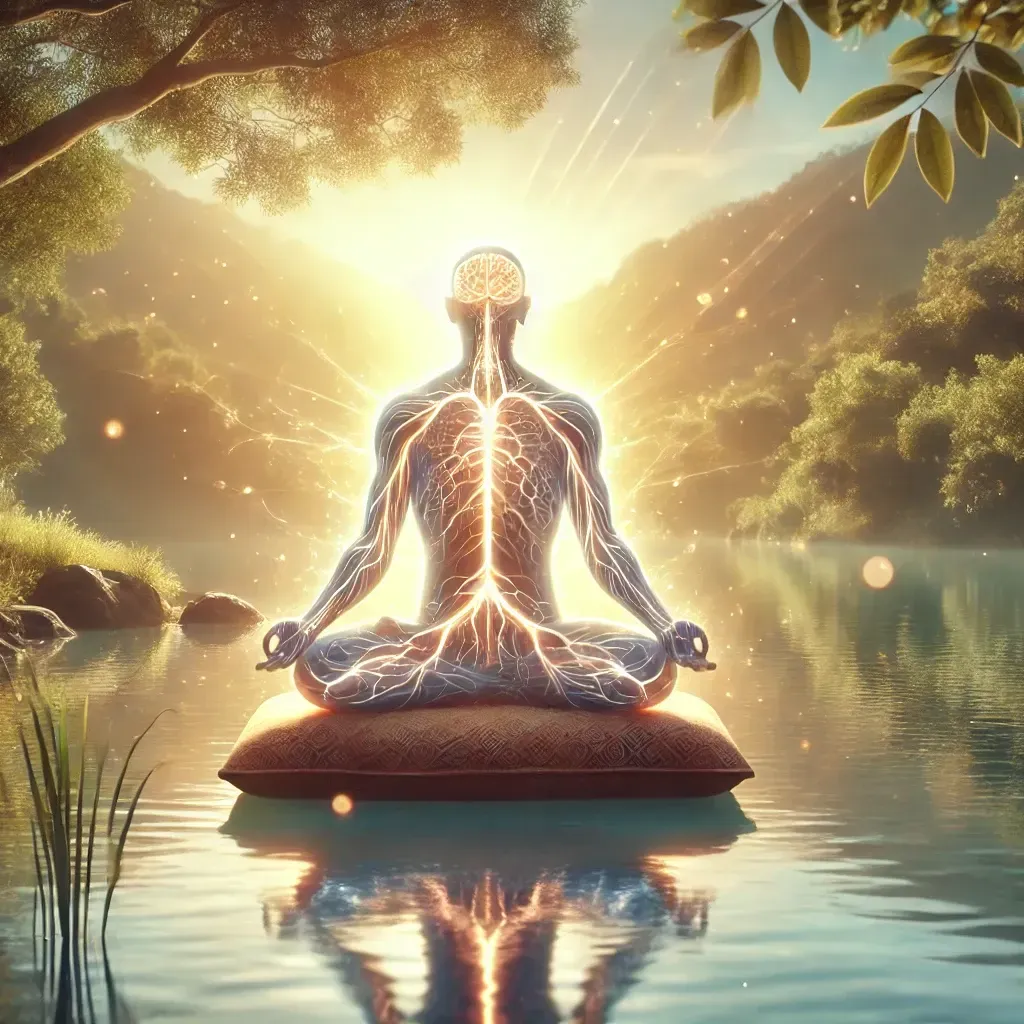
In today’s fast-paced world, the mind often races, driven by the demands of work, family, and personal ambitions. Meditation is commonly seen as a practice to calm the mind, foster inner peace, and connect with deeper aspects of existence. Yet, one crucial element often overlooked is the state of the body, particularly the nervous system. Relaxing the nervous system isn’t just a preparatory step; it is foundational for unlocking the deeper states of awareness and tranquility that meditation promises. Drawing insights from my journey and teachings, we will explore why this is so vital and how it transforms the meditative experience.




